160 Years - From a Field To a Shopping center >>
The asylum School >>
Samuel Wilderspin >>
The Stork Public House>>
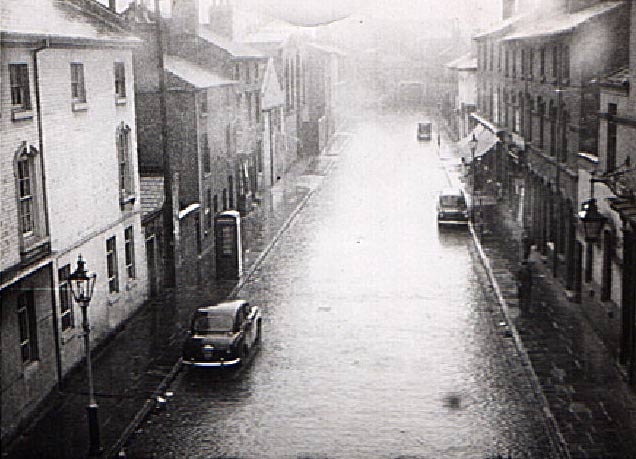
Looking up asylum road towards the crocodile Works in alma street

Sawmill M M Lilley's asylum road
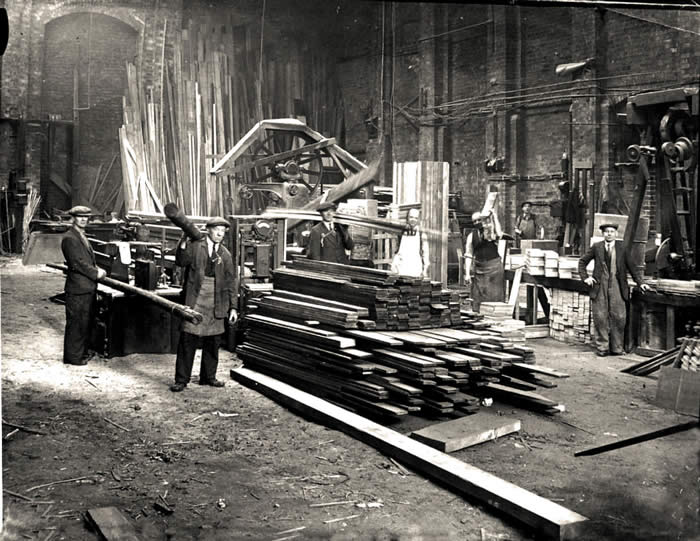
another view of the same sawmill
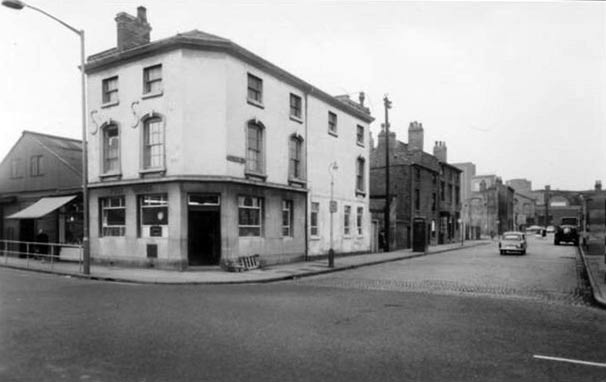
160 Years - From a Field To a Shopping center
In field at the bottom of Summer Lane in the year 1797, an asylum school was built for the education of the poor and destitute, being supported from the poor rates; for the children of aston. The asylum school was teaching the children the rudiments of literacy and basic manual skills. Boys attending the establishment, worked four hours making pins, the girls worked three hours daily, learning domestic skills.
Records show us that there were 190 scholars; namely 120 boys who are taught Reading, Writing, arithmetic, and 70 girls who learn Reading, Serving and Writing. Moral and Religious instruction are communicated according to the principles of the church of England. attached to the school was an infants school for the under fives with 65 scholars namely 36 boys and 29 girls. In which reading the elements of useful knowledge and Moral and Religious duties are taught, and a substantial library of suitable books.
The guardians of the children were the appointed visitors. In the later years of the asylum, the children were taught using methods co-developed by Samuel Wilderspin. The asylum school closed its doors around 1838.
This is where the name of asylum Road originated, prior to this Summer Lane continued to Newtown Row, and then Bread Lane before it was named asylum Road. The site circumnavigated by Summer Lane, Milton Street, Newton Row, and asylum Road, was a mixture of industrial buildings, and poorly maintained communal housing, there were several courts, the largest being apollo court and clifton Place. There was also a bank, post office, market hall and a pub, known as the Woodman. Newtown market hall stood on the site of an old iron mill. M M Lilley & co, Packing case Makers & Timber Merchants, stood on the site of the old asylum and a brass works. Mr. Luke Lilley started the firm of Lilley's after serving his apprenticeship to Mr. Will Eglington as a packing case maker from 1843 till 1848 when he married Miss Mary Maria Jackson on august 14th 1848, at the parish church of all Saints. The Lilley works moved several times, but never more than a few yards, and settled at 194-149 Summer Lane. after Mr Luke Lilley died his wife changed the name to M M Lilley using the initials of the christian names Mary Maria, the firm then passed to alfred Luke Lilley, who on his deathbed signed the firm over to his son in-law, Frederick charles Whitehall.
In 1933, on the demise of Frederick charles Whitehall, the firm was bought by Myles Dawson Newby, Whitehall's son in-law. In 1942, heavy snowstorms destroyed the roof, and brought some of the brickwork down. The work force rallied round and rebuilt the walls and roofs. This was made more difficult because the country was at war! The 1950's brought more bad news with a major fire, this was soon followed by the compulsory purchase of the site, which was to be cleared for redevelopment. M M Lilley moved during the late 1950's after having the foresight to make plans for a new factory in aldridge Road aldridge Staffordshire.
Milton Street and asylum Road finally disappeared during the 1960's. The old factories, market hall and courtyards were cleared, to be replaced by the Newtown Shopping Precinct.
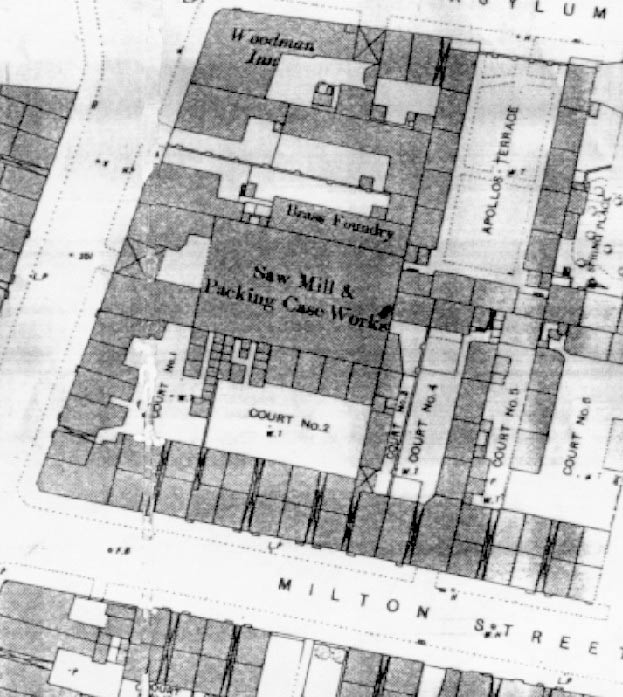
Established in connection with the poor house in 1797 for the education of the poor and destitute, being supported from the poor rates
There are 190 scholars; namely 120 boys who are taught Reading, Writing and arithmetic and 70 girls who learn Reading, Serving and Writing. Moral and Religious instruction are communicated according to the principles of the church of England. The boys are employed 4 hours and the girl's 3 hours daily, the former in pin making and the latter in domestic work.
The National system is pursued in the school and the guardians of the poor are the appointed visitors.
connected to the establishment is also an infant's school on the system of Wilderspin with 65 scholars namely 36 boys and 29 girls, in which Reading the elements of useful knowledge and Moral and Religious duties are taught to those children under 7 years of age, which are inmates of the Poor House. a lending library of suitable books is attached to the establishment.
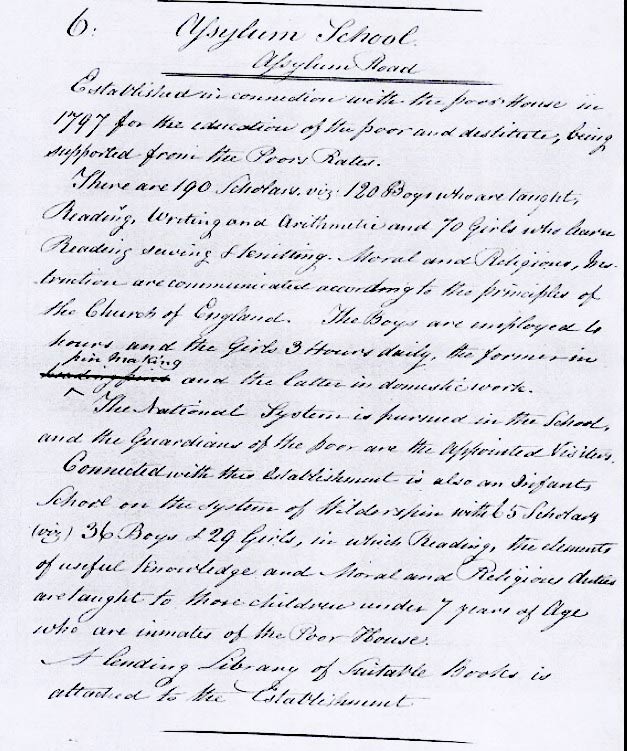
This asylum school was in Summer lane directly opposite alma Street, There were no house's or any buildings of any kind, it stood all on it's own, surrounded by fields as the Summer Lane continued from the asylum school it met up with Newtown Row a few hundred yards away. The bottom half of Summer Lane from the asylum school was later to be known as asylum Road, prior to this it was known as Bread Street.
There were to many changes to the surrounding area over the years, on this site of the asylum school. a brass foundry, a shop and a Saw mill and packing case works and at this time in history. Newtown shopping centre, what will the future bring to this historical site? The asylum school was in existence well before Samuel Wilderspin was born, and his methods where adopted in the later days of the schools existence.
The asylum school was closed about 1838 exact date not known at this time. Why was it that there was so many adults and children, where unable to read and write, when this man Samuel Wilderspin was setting up schools in the early 19th century. Yet council schools where not being built, till the latter end of the 19th century.
Joint founder member of the infant school system in England, was the son of alexander Wilderspin, and was born in Hornsey, Middlesex, in or about 1892.
He began life as a clerk in a merchant's office, but left this occupation to devote himself to the development of infant schools. He was not the originator of the system, the credit of which is generally given to Oberlin, pastor of Waldbach in alsace, and, in Great Britain, to Robert Owen (Q. V.) Of New Lanark. But when Lord Brougham and others resolved to open an infant school at brewers Green, Westminster, Wilderspin threw himself into the movement, and opened on his own account in 1820 a similar institution at Spitterfields.
The difficulties he and his devoted wife had to cope in their first attempts are amusingly told in his 'Early Discipline.' From this time his life was spent in extending the system of infant schools over the United Kingdom. at the invitation of David stow (Q.V.) he gave some lectures at Edinburgh and Glasgow. For two years (1839-41) he was headmaster of the central model school in Dublin. He finally received a pension from the government and retired to Wakefield, Yorkshire, about 1848. He died there on 10 March 1866' and was buried at the neighbouring church of Thornes.
Wilderspin was twice married. By his first wife he had three daughters. His
second wife, a widow named Dowding, survived him and died in1873. He was a man
of small stature, but very alert, and in public speaking used a good deal of
action. He was also a fearless rider, and the one recreation he allowed himself
was occasionally to follow the hounds. Wilderspin wrote:
1. 'On the Importance of educating the infant poor,'2nd. London, 1845. 8vo; a
third edition appeared in 1825 as 'Infant Education; or, Remarks on the
Importance,'&c.
2. 'Early Discipline illustrated,' London, 1832, 12mo; 3rd ed. 1840.
3. 'a system of Education for the Young,' London 1840.
4. a manual For the Instruction of Young children' (conjointly with
T.J.Harrington.) London and Hull.
5. The Infant System for Developing.
The Stork Public House, asylum Road
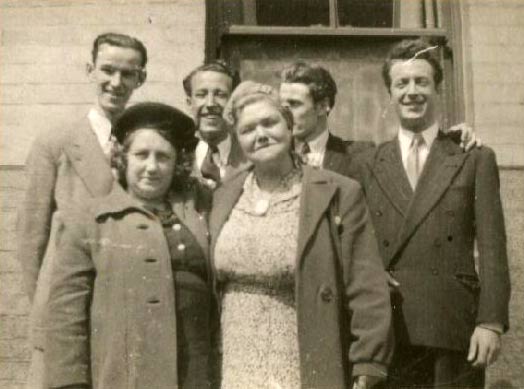
Outside the Stork 1948
Stan Wood (top left) with Friends Den, Don, Bill, cyril and Mr Lowe
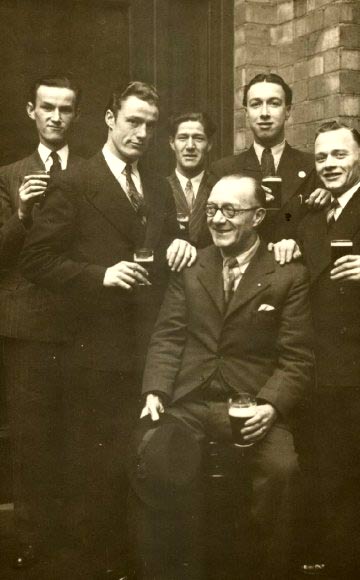
Stan, Den, Don, Bill, cyril, With Mr Lowe
Outside the Stork 1948